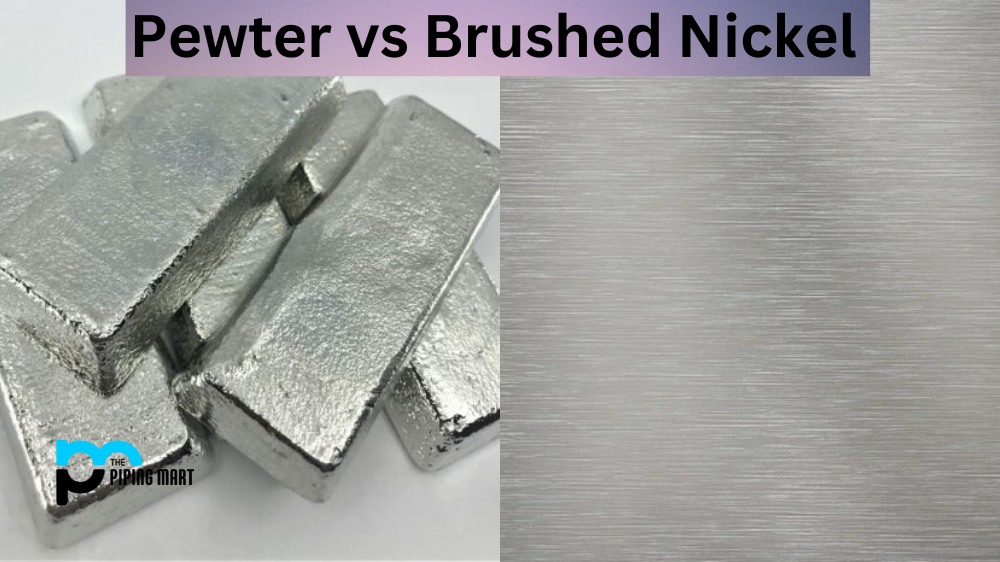Niobium is one of the rarest elements in the world, and it has an array of industrial uses. This metal is known for its strength, corrosion resistance, and heat-resistance properties. As a result, it is often used in industrial applications such as aerospace, energy production, and medical technology. So what does it take to properly machine niobium? Let’s take a look at the ins and outs of machining this unique metal.
The Process of Machining Niobium
Machining niobium requires a high level of precision in order to produce quality results. It is important to consider factors such as tool material selection and cutting speed when machining this metal. The type of tool used must be tuned to the specific job requirements in order to achieve optimal performance. Carbide tools are most commonly used for machining niobium due to their superior hardness and strength.
It is also essential to understand how cutting speed affects the machinability of niobium when creating components with this metal. Higher speeds result in greater chip formation, while lower speeds lead to less chip formation, which can reduce tool wear. The correct balance between speed and feed rates must be achieved in order to properly machine niobium components with minimal roughness on the surface finish.
- Niobium is a soft, ductile metal that is resistant to corrosion.
- Niobium is used in a variety of applications, including aerospace and defense, chemical processing, and electronics.
- The machining of niobium requires special care due to the metal’s softness and ductility.
- The first step in machining niobium is to select the appropriate tooling.
- Next, the niobium workpiece is mounted on the lathe, and the cutting process begins.
Heat Control during Machining Processes
The heat generated by cutting tools when machining niobium can damage or distort components if not managed properly. Controlled cooling systems can help regulate temperatures during machining operations so that components maintain their structural integrity throughout production processes. Coolant types should also be chosen carefully depending on the type of material being cut and the machinability requirements needed for its specific application. Additionally, the coolant flow rate must be adjusted according to cutting parameters in order to achieve optimal results from these processes.
Conclusion:
Overall, machining niobium requires expert skill and knowledge in order to produce quality results with minimal waste and maximum efficiency. By understanding how tool selection, cutting speed, heat control, and coolant flow all play a role in successful machining operations, businesses will have better chances at producing reliable components using this rare metal. With proper management, businesses can rest assured that their products made from niobium will meet industry standards without any major issues arising from their fabrication process.
Rachana is a dedicated and ambitious young woman who has made a name for herself in the metal industry. From her earliest days in the industry, Rachana showed a natural talent for problem-solving and a keen eye for detail. In her free time, She enjoys reading up on the latest advancements in the industry, as well as exploring new ways to innovate and improve upon existing processes.




